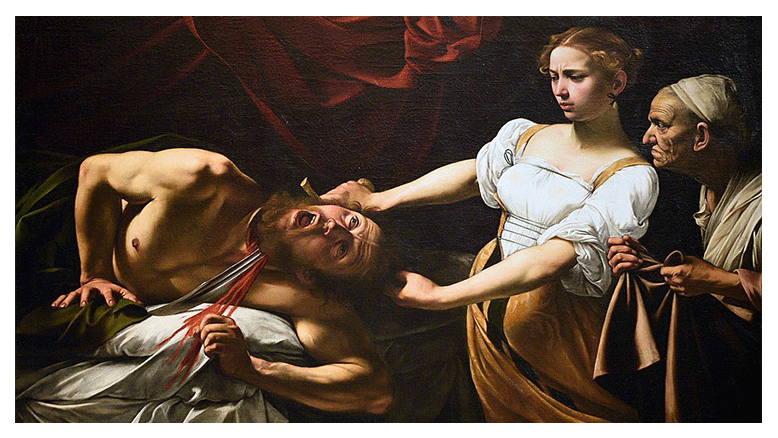Chiaroscuro is a unique art technique historically popular in Italian Religious Art. It refers to a method that uses high-contrast light and shade to give the illusion of depth. As a result, the appearance of the art is enhanced and dramatic.

The ancient Greeks and Romans fashioned “Chiaroscuro” effects, but Leonardo da Vinci was the first European to utilize the technique fully in the late 15th century during the Rennaisance. By the late 17th century, “Chiaroscuro” was routinely applied to describe any painting, drawing, or print that relied on its effect on the gradual gradation of light and dark. For example, one of the most famous Italian pioneers, Caravaggio, used harsh light to isolate his figures and accentuate the emotional tension in his paintings. Rembrandt, another master of “Chiaroscuro,” favored the effect to enhance the psychological impact of his paintings, drawings, and etchings. Several other Baroque painters also used “Chiaroscuro” to remarkable effect.

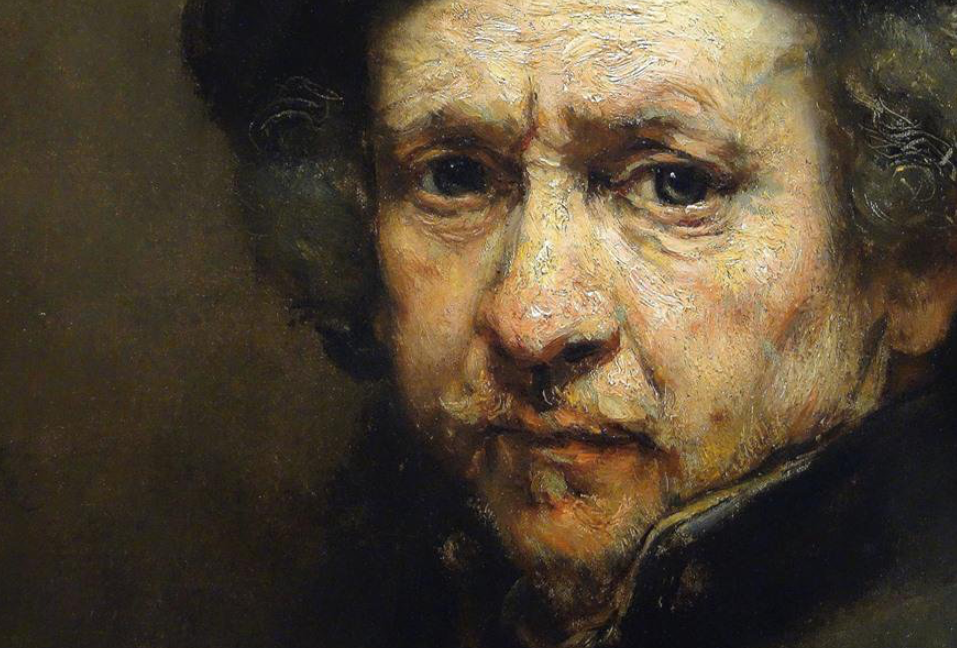
Furthermore, the Rococo Art Period valued delicacy and simplicity, discouraging “Chiaroscuro” until the art practice became popular again during the Romantic Era. The artists from the “Romanticism Movement” infused “Chiaroscuro” to create the dramatic or emotive effects they considered “essential to their works of art.” The use of Chiaroscuro continues to be one of the most widely known art effects in the contemporary world.

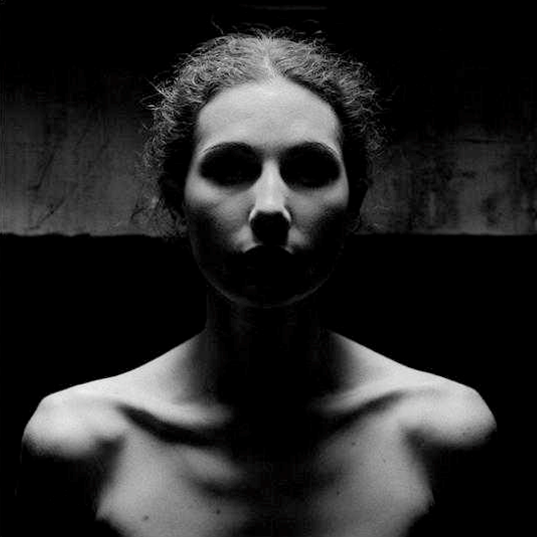
Today, while most Modern Artists prefer digital creations on digital devices, I still believe in traditional artworks. As a result, I created two art pieces with the candle as my inspiration, incorporating the “Chiaroscuro” effect to some depth.
The definition of chiaroscuro in painting has varied over time, but it usually refers to contrasting areas of light and darkness within a single canvas. The term “Chiaroscuro” comes from the Italian words “chiaro,” meaning clear or light, and “oscuro,” meaning obscure or dark. “Chiaroscuro” has been used by many artists over the years to illustrate different subjects; likewise, I have chosen to use the dramatic effect to enhance my two candle paintings.
And as such, “Chiaroscuro” is perfect for these pieces.
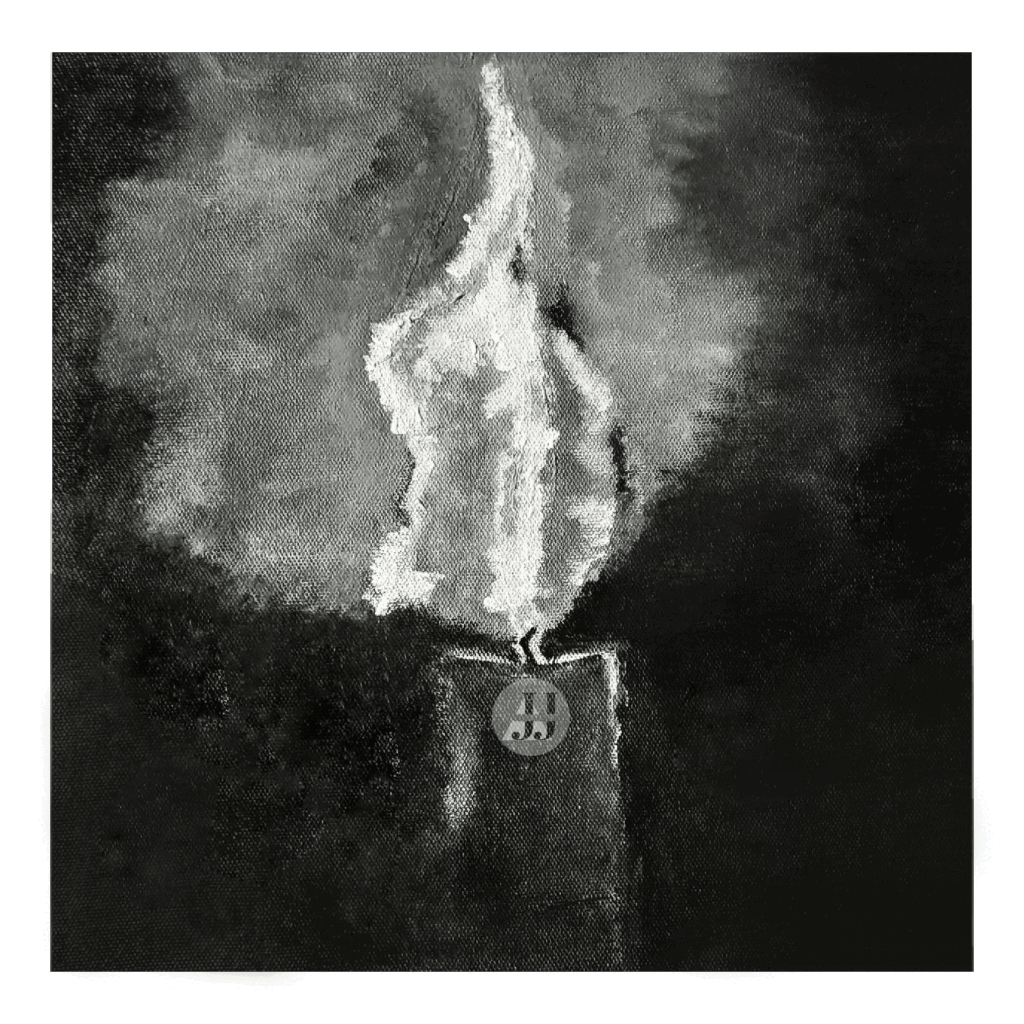
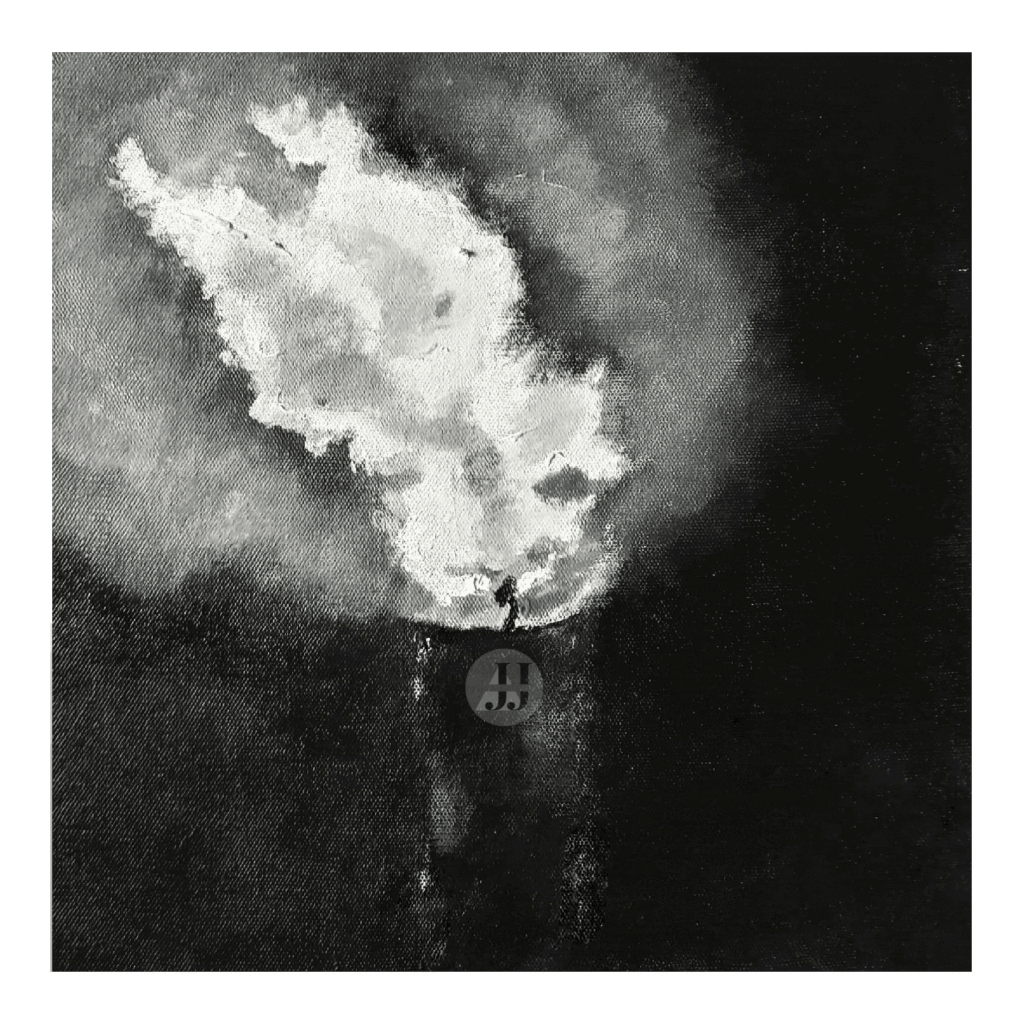
However, would you like to know what inspired me to paint the two candles?
A single candle can both defy and define the darkness. From hope to promises, remembrances to grief and serenity, and customs to peace, candles symbolize several different emotions, from the positive to the negative. Its flames bring thoughts of romanticism, mystery, light, and, more generally, supernatural events. These two paintings, however, depict the light and shadow of candle flames as a sign of hope.
In 2020, when COVID-19 was at its peak, I vividly dreamed of a candle burning in an empty dark space. At first glance, the blazing flame appeared vicious from a distance, but then, as I found myself sitting close-up, it seemed softer, more tranquil. The moment I attempted to lift the candle from the floor, my dream ended.
Almost every social media and news outlet reported exclusively on the virus outbreak and its effects on humans, the world economy, death, hunger, chaos, and poverty. The idea of the virus infecting my family, friends, relatives, and loved ones made me terrified.
A foreboding phase came over humanity, and as the events continued, I connected the dots between the dream and the pandemic.



The fight against the COVID-19 pandemic has been a horror for the best of the entire human population. Apart from the scientific history of viruses and their causes, this past year has been a time of awakening. The abstract acrylics on canvas depict the flames of a candle as shedding light on darkness or illuminating negativity. It represents the revelation of holy truth.
We have lost billions of human lives all around the globe in a brief period. We might believe that the pandemic has ended, but the world is still at risk of new variants of COVID-19. Therefore, the lit candle signifies purification, hope, and cleansing, especially in times of death.
Also, check out my other paintings that feature the “Chiaroscuro” effects under the art category.

